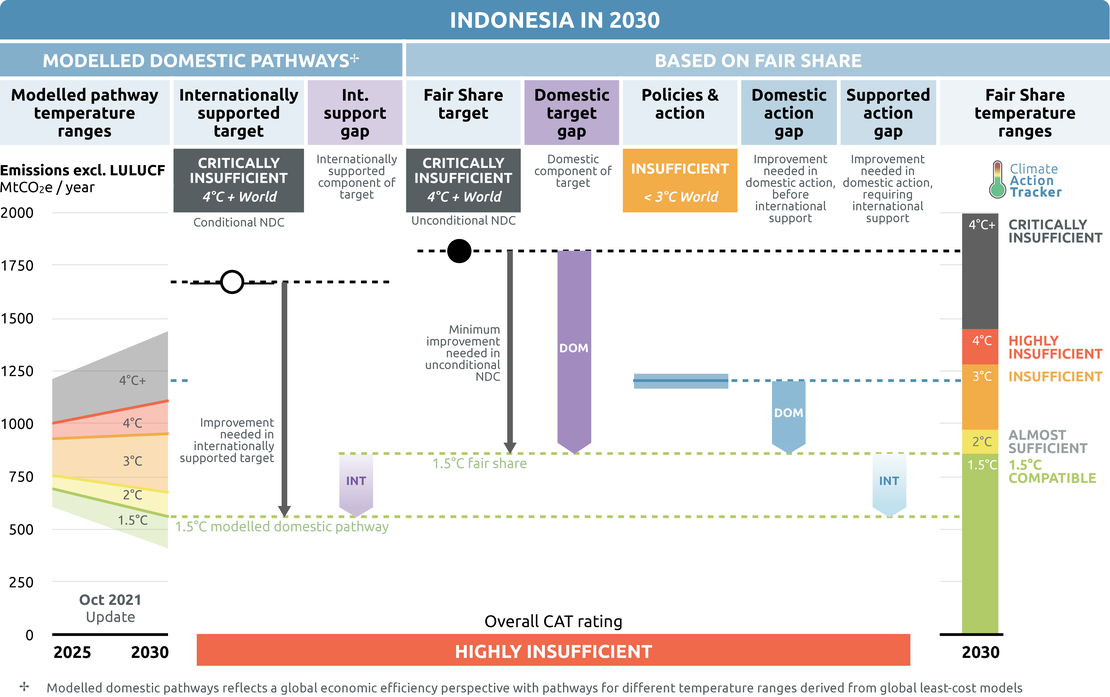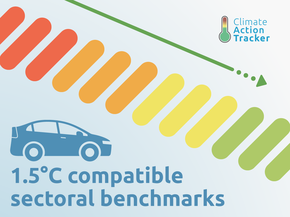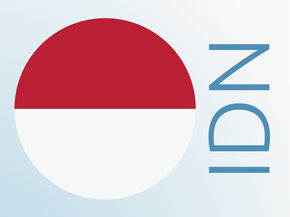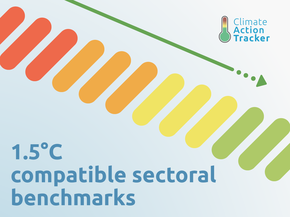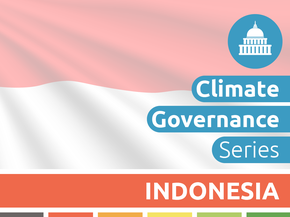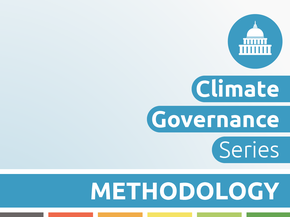Targets
Paris Agreement targets
NOTE: Indonesia submitted an updated NDC on 23 September 2022. We are currently analysing this new NDC and will update the Indonesia country assessment shortly.
NDC description
On 22 July 2021, Indonesia submitted its updated NDC, confirming its existing 2030 targets. Indonesia again commits to an unconditional 29% reduction in emissions below a business-as-usual (BAU) scenario, and a conditional 41% reduction in emissions below the same BAU. The updated NDC links to the long-term strategy (LTS), submitted on the same day. Indonesia has not yet communicated an explicit net zero target but explores scenarios that could lead to net zero by 2060 in its long-term strategy (LTS). The country also commits to considering the LTS in the formulation of broader development planning documents and subsequent NDCs.
Similar to the previous NDC submission, there were still some inconsistencies between the percentage reduction conditional target and the table presented in the NDC. In August 2021, Indonesia submitted an erratum that corrected these issues.
Indonesia states that the updated NDC is a progression in comparison to the previous one, due to a slight update in the BAU scenario, from 2,881 to 2,869 MtCO2e/a in 2030. However, the BAU presented in the previous NDC was already 2,869 MtCO2e/a in 2030. Maintaining the same BAU scenario and percentage reduction targets indicate no real progress on the nation’s mitigation objectives. An ambitious absolute emissions target would constitute an improvement on Indonesia’s NDC.
While Indonesia’s relative reductions below BAU anchored in its NDC may sound ambitious, a closer look reveals a different picture for three reasons:
- First, Indonesia aims to meet a large share of its commitments through emission reductions in the forestry sector. The sector is expected to contribute with almost 60% of the emissions reductions necessary to meet both conditional and unconditional NDC targets. This means that other sectors will see substantially lower relative reductions below BAU.
- Second, the BAU used in the NDC projects emissions that are substantially above current policy projections. In fact, Indonesia will likely achieve its targets (excl. forestry) without any additional efforts, while still doubling today’s emissions.
- Third, Indonesia’s National Energy Policy (NEP) and medium-term development plan present more ambitious targets than the NDC. If Indonesia were to meet these targets, it would overachieve both its unconditional and conditional NDC targets to an even greater extent than projected under current policies.
The CAT rates both Indonesia’s internationally supported target and its fair share target as “Critically insufficient”.
We rate Indonesia’s conditional NDC, excluding the land-use, land-use change and forestry (LULUCF) sector, as “Critically insufficient” when compared to modelled domestic pathways. The “Critically insufficient” rating indicates that Indonesia’s internationally supported target in 2030 reflects minimal to no action and is not at all consistent with the 1.5°C temperature limit, for which Indonesia would need to lower its conditional NDC target by at least 77%. If all countries were to follow Indonesia’s approach, warming would exceed 4°C.
We rate Indonesia’s unconditional NDC, excluding the land-use, land-use change and forestry (LULUCF) sector, as “Critically insufficient”. The “Critically insufficient” rating indicates that Indonesia’s fair share target in 2030 reflects minimal to no action and is not at all consistent with the 1.5°C temperature limit, for which Indonesia would need to lower its unconditional NDC target by at least 66%. Indonesia’s target is not in line with any interpretation of a fair approach to meeting the 1.5°C limit. If all countries were to follow Indonesia’s approach, warming would exceed 4°C.
Further information on how the CAT rates countries (against modelled domestic pathways and fair share) can be found here.
The LULUCF sector is a significant source of emissions for Indonesia; however, the CAT fair share and modelled domestic pathways do not consider this sector. For more information click here.
Last NDC update
Indonesia submitted its updated NDC in July 2021, where it did not strengthen the country’s 2030 target. Targets remain unchanged and would lead to emissions significantly above current policies. Even though the targets remain effectively unchanged, the updated NDC does present several improvements in terms of transparency and links with other planning documents.
Maintaining the same level of emission reductions in its NDC update goes against the Paris Agreement, according to which each successive NDC should present a progression beyond the previous one.

Net zero and other long-term targets
We evaluate the net zero target as: Target information incomplete.
Indonesia has not yet communicated an explicit net zero target, rather, it “explores opportunity to progress towards net zero by 2060 “in its long-term strategy (LTS) submitted to the UNFCCC in July 2021 (Government of Indonesia 2021). The National Energy Council (DEN) has announced it will further assess net zero scenarios prepared in collaboration with several line ministries and the state-owned electricity utility PLN ,and will later commit to a pathway.
The CAT does not evaluate Indonesia’s net zero target given the preliminary nature and a lack of more detailed information. We will do so once further information will be communicated by the government.
Indonesia’s development has been driven by the overarching vision of the country in the year of its 100th anniversary (Visi Indonesia 2045), which includes several targets for improving people’s welfare and ensuring the country’s development up to 2045. Long-term low carbon development plans, such as the recent LTS, have been developed in line with the targets presented in Indonesia’s 2045 vision.
In 2019, the Ministry of Development Planning (Bappenas) presented a long-term plan to transition Indonesia to net zero emissions by 2045 (Low Carbon Development: A Paradigm Shift Towards a Green Economy in Indonesia) (Kementerian PPN/Bappenas 2019). This report supported the subsequent analyses on net zero emissions pathways for Indonesia, developed by Bappenas and the Ministry of Environment and Forestry (MoEF). Bappenas presents four pathways that could reach net zero between 2045 and 2070 (Suharto 2021), while the MoEF presents three scenarios, one of which could reach net zero by 2060 or sooner (Ministry of Environment and Forestry 2021). Separate analysis from the Institute for Essential Services Reform (IESR) focused on achieving net zero in 2050 (IESR 2021c).
The LTS developed by the MoEF was submitted to the UNFCCC in July 2021. The LTS puts forward a current policies scenario (CPOS), an ambitious low carbon scenario compatible with the Paris Agreement (LCCP), and a transition scenario (TRNS) with ambition between that of the CPOS and the LCCP. The TRNS scenario is compatible with the 2045 vision and would also achieve the 2030 NDC conditional target but still result in increasing emissions between 2030 and 2050. The total emissions, incl. LULUCF, would increase by about 40% between 2020 and 2050. The LCCP is the only scenario that would send emissions on a downward trajectory – total emissions incl. LULUCF decrease by almost 50% from 1075 MtCO2e to 549 MtCO2e, while total emissions excl. LULUCF decrease by just 13% from 975 MtCO2e to 848 MtCO2e.
The LCCP scenario also foresees a significant role for coal – amounting to around 58% of the power mix in 2030 and 38% by 2050. These plans are not aligned with the goals of the Paris Agreement, for which Indonesia would need to reduce the share of coal-fired power generation to a maximum of 10% by 2030 and phase out coal by 2040 (Climate Action Tracker 2020b).
The LTS also sets a target for peaking national GHG emissions in 2030 (both incl. and excl. LULUCF). While this is very positive, our analysis shows that to meet its “fair share” contribution to meeting the 1.5°C temperature limit, Indonesia’s emissions must peak by 2025, and to align with the global least-cost pathway, Indonesia’s emissions must peak immediately.
2020 targets
In September 2009, the government proposed to cut emissions (incl. LULUCF) by 26% by 2020 from BAU levels and submitted it to the Copenhagen Accord on 30 January 2010. In April 2011, Indonesia clarified that, in addition to its 26% target, it proposed a 41% reduction below BAU target conditional on international support for Nationally Appropriate Mitigation Actions (NAMAs) (Republic of Indonesia 2011). According to the Second Biennial Update Report, about 80% of the reductions for the 2020 target would come from reducing LULUCF emissions (Republic of Indonesia 2018a).
Using the BAU and sector contributions as specified in the Second Biennial Update report, the unconditional commitment leads to 1,121 MtCO2e in 2020 excl. LULUCF (8% below BAU), and the conditional commitment to 1,089 MtCO2e in 2020 excl. LULUCF (11% below BAU).
We estimate that Indonesia met both its unconditional and conditional 2020 targets as total emissions excl. LULUCF reached 884 MtCO2e. While this may seem positive, the lack of ambition in Indonesia’s 2030 climate targets is also a concern for the 2020 pledge.
Summary table
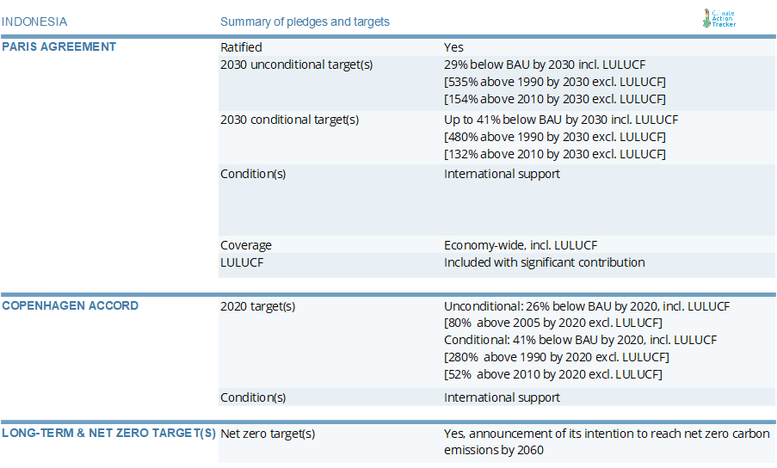
Further analysis
Country-related publications
Stay informed
Subscribe to our newsletter
